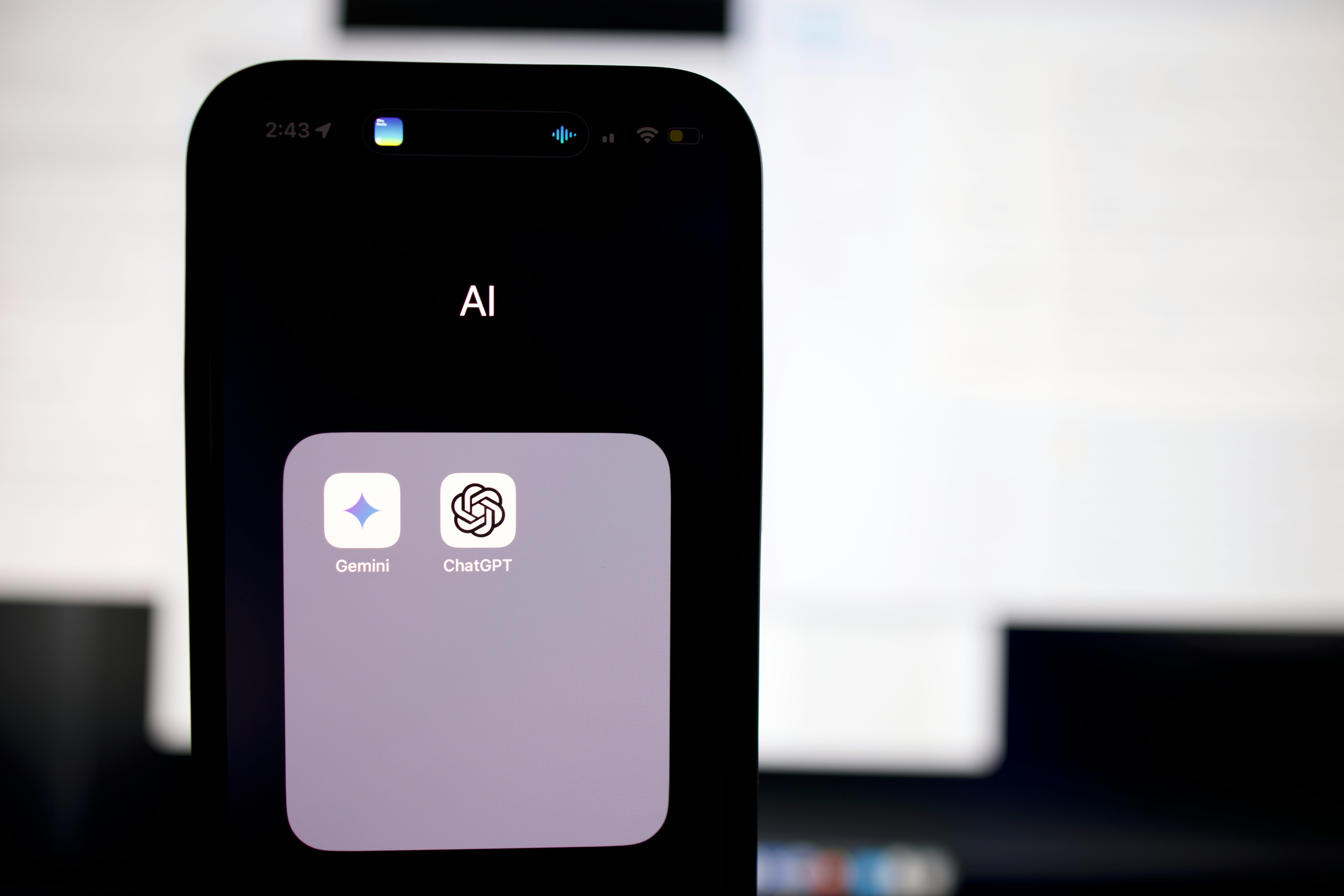What Is This Weird Little Device?
At first glance, the Poetry Camera just looks like another quirky gadget in our increasingly tech-saturated world. But look a little closer and you'll realize this little guy is seriously pushing boundaries.
Instead of just taking pictures like a normal camera, the Poetry Camera uses cutting-edge AI to generate honest-to-goodness poetry based on whatever visuals it captures. It's like a modernized version of having a poet follow you around and document your life in lyrical verse.
The brains behind this operation are Kelin Carolyn Zhang and Ryan Mather - a power duo combining top-notch tech skills with a passion for the arts. And what they've created is far more than just a novel gadget - it's a pioneering invention that could reshape how we think about creativity, artistic expression, and the collaborative potential between humans and artificial intelligence.
The Origin Story
The Poetry Camera was born out of Zhang and Mather's desire to fuse their geeky love of technology with their appreciation for creative expression. As Mather describes it, the initial spark came when he was using OpenAI's GPT-3 language model to play Dungeons & Dragons (because of course a techie would use advanced AI for fantasy RPGs).
Seeing the AI's remarkable ability to understand the context and generate coherent responsive text, Mather had an epiphany: "What if you took a camera, but it was a reaction to Instagram culture? What if the text comes out instead of a photo? ...Everyone prefers the book version over the movie, so it's like that for capturing moments."
From that Promethean spark, the Poetry Camera concept took shape. Zhang and Mather spent countless nights huddled over circuits, tinkering with parts, and fine-tuning AI models to make their avant-garde vision a reality.
How Does It Work?
At its core, the Poetry Camera runs on a humble Raspberry Pi - one of those deceptively tiny computers that packs a serious technological punch. This minuscule component serves as the device's brain, capturing images and interfacing with OpenAI's GPT-4 language model to synthesize those visuals into poetic masterpieces.
The process is astoundingly complex yet elegantly streamlined. First, the camera applies advanced computer vision techniques to analyze every aspect of the images it captures - identifying objects, interpreting colors and patterns, and even attempting to suss out the mood, emotions, and context behind the scenes.
With that rich visual data, GPT-4 kicks into high gear. Trained on a vast corpus of written works spanning poetry, literature, websites, and other text sources, the language model uses its deep learning capabilities to extract themes, metaphors, and linguistic structures that capture the essence of what the camera "saw."
From there, GPT-4 composes original poems line-by-line, constantly referencing the visual data to guide its creative decision-making. The resulting poetry isn't merely prosaic descriptions, but carefully crafted works that strive to evoke the underlying emotions, atmospheres, and narratives embedded in each photographed scene.
And in a delightfully old-school twist, the Poetry Camera doesn't simply display these poems on a screen. Instead, Zhang and Mather outfitted the device with a compact printer that outputs each AI-generated masterpiece onto physical media. Their goal was to create something tangible that people could hold, study, and experience away from the digital world.
But lest you think the Poetry Camera is some rigid, fixed output device, it's actually designed with creative freedom in mind. Because it's open-source, users have the ability to dig into the code and customize settings to generate different poetic styles like haikus, sonnets, free verse compositions, or any other format their heart desires.
Tech Meets Art

Photo from: Pixabay
What makes the Poetry Camera so special is how seamlessly it bridges the divide between technology and art. By leveraging the power of machine learning, Zhang and Mather have essentially taught artificial intelligence how to create spontaneous poetry from visual prompts.
On a technological level, they've pioneered new realms of computer vision, natural language processing, and open-ended content generation that push the boundaries of what we thought AI was capable of. The Poetry Camera isn't just identifying objects or following rigid rules - it's using abstract reasoning to understand imagery on a subjective, emotional level.
Moreover, Zhang and Mather have transcended the traditional functional boundaries we apply to technology. The Poetry Camera isn't optimized for productivity or information processing; it's a tool for inspired creativity, transformative perception, and examining the world through an entirely new artistic lens.
In the process, they've crafted a device that encourages users to slow down, appreciate the poetry of their surroundings, and engage with creativity in a more intentional, self-directed manner. By rendering its output as physical printed artifacts, the Poetry Camera compels you to scrutinize every metaphor, syllable, and turn of phrase in a way that ethereal digital text simply cannot.
Zhang and Mather see the Poetry Camera as a harbinger, stating "poetry cameras are a microcosm of what will happen to many industries with AI." It's a glimpse into a future where the lines between humanity and technology grow blurred in wildly imaginative yet eminently achievable ways.
Ushering in a New Era for Artists?
While the Poetry Camera is undeniably cool from a pure innovation standpoint, it also represents something much bigger - a potential paradigm shift in how artists create and draw inspiration for their works.

"transformation of a camera in a steampunk time machine 26-tpz ai-enhance" by Marc Frant is licensed under CC BY-NC-SA 2.0.
For centuries, the creative process - whether it be for poetry, art, music, or other mediums - has been heavily dictated by human perspectives and subjective experiences. Inspiration flowed from individual sentiments, cultural influences, life events, and richly personal inner worlds.
But what if that inherently human process could be augmented and expanded through direct collaboration with artificial intelligence? What vast new creative frontiers might open up by fusing the cold analytical prowess of machine learning with the emotive expressiveness of the human mind?
The Poetry Camera offers a tantalizing preview of that world, where computational intelligence becomes a collaborative partner in the artistic process rather than just an inert tool. By instantly weaving complex visual inputs into profound metaphors and poignant verse, it essentially acts as an accelerant for the sparks of inspiration that normally slowly coalesce into great works of art.
For poets, writers, and other wordsmiths, something like the Poetry Camera could serve as an artistic force multiplier - surfacing literary concepts, layered imagery, unique perspectives, and turns of phrase that would have otherwise remained trapped in the limitations of individual human experiences.
No longer would creatives be bound solely by their own cultural context, accumulated knowledge, or life situation. The analytical potency of AI could open up vast new creative vistas to pull from - allowing artists to transcend their subjective circumstances and explore completely new frontiers of expression, perception, and creativity unshackled from personal constraints.
Imagine an author using this technology to quite literally see the world through an AI's eyes - gaining insights into how a computational mind interprets and describes the world around us. Those profound inclusions could birth entirely new genres of literature and art brimming with ontological perspectives that have been impossible for humans to capture.
Additionally, the Poetry Camera's flexibility as an open-source tool equips artists with an endlessly customizable instrument they can tweak and tune to align perfectly with their unique creative voice. Poetry, prose, lyrics - the boundaries of this technology's applications are limited only by human imagination and curiosity.
Instead of adopting rigid commercial software, creatives could shape the Poetry Camera to integrate seamlessly with their personal inspirations and desired artistic statements. It would empower them to sculpt the technology itself into a conduit for realizing their subjective visions, rather than conforming their expressions to the constraints of predetermined devices.
A Detriment to Human Creativity?
As intriguing as the creative possibilities of AI-boosted artistic expression are, they also stir up immensely difficult philosophical conundrums that cut to the core of what we define "art" as.
By its very nature, true artistic expression has always been rooted in the subjective human experience. Even the most abstract or unconventional works are still innately grounded in the cultural context, emotional intelligence, and unique mind of their creator. That kernel of humanity is what resonates so profoundly when we experience great art - we're not just appreciating technical craftsmanship but absorbing a condensed projection of another person's soul.
So as we begin infusing that creative process with analytical machine intelligence, do we start stripping away the essence of what made the art meaningful and powerful in the first place? If an AI is augmenting or informing the creative flow, can we still interpret the resulting works as pure unadulterated human expressions? Or have we introduced an abstraction layer that clouds and obfuscates the sincerity of the art?

Photo from: Pixabay
Some would argue that grafting artificial intelligence onto the artistic process is akin to artistic self-destruction - we're just creating Some would argue that grafting artificial intelligence onto the artistic process is akin to artistic self-destruction - we're just creating increasingly sophisticated mimicry and simulations of true creativity rather than enabling it. There's a fear that over-reliance on AI assistance could effectively neuter the shock, emotional resonance, and boundary-pushing value of art by sterilizing it of raw human expressionism.
If we can simply consult an AI to effortlessly manifest technical mastery or absorb diverse perspectives, are we eradicating the very aspects that make art challenging, vital, and culturally important? Great works of the past have derived immense power from the struggle of their creators to articulate the inexpressible and transcend human limitations through sheer creative force of will. If those constraints no longer exist, do we lose something fundamental and precious?
Moreover, there are concerns that the rise of robust AI creative tools like the Poetry Camera could destabilize and devalue intellectual property rights and commercial artistry. If neural networks can churn out functional poems, novels, designs, music, and other creative works en masse with little human effort, does that diminish the economic value and incentives for trained human artists and writers? Could it make creative labor one of the first major industries to be disrupted and displaced by artificial intelligence?
There's also the hypothetical nightmare scenario of an AI system becoming so advanced that it subsumes and co-opts the entire concept of creativity itself. If machine intelligence evolves to the point where it can spontaneously imagine, design, compose, and produce full-fledged novels, albums, artwork, and more all autonomously, what role would humanity even have left to play? It could lead to a creatively stifled world where the only "art" is whatever soulless outputs an AI optimizer deems most commercially viable or technologically impressive.
While a future where biological and artificial intelligence symbiotically collaborate on creative works feels alien and daunting, it also promises boundless opportunities for entirely new forms of expression. We could bear witness to cultural phenomena and resonant pieces that simply aren't possible within the subjective confines of humankind's individual perspectives.
If we pursue this path ethically and with the utmost reverence for art's higher philosophical purpose, there's a chance we could usher in anAge of Augmented Creativity that enhances and elevates our capacities rather than replacing them.
The intersection of technology and artistic expression has long been a source of brilliant works that challenge societal norms and shift cultural paradigms. With Zhang and Mather's innovative Poetry Camera catalyzing that discourse anew, it's shaping up to be one fascinating, terrifying, enriching, and utterly befuddling future to experience.








